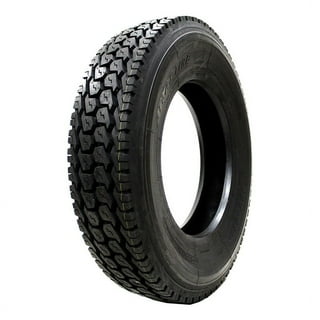Tire Service: Recognizing Tire Pressure Tracking Solutions
Comprehending Tire Pressure Tracking Solutions (TPMS) is an important facet of preserving optimum lorry efficiency and security on the roadway. With innovations in automotive innovation, TPMS has actually become a basic attribute in modern cars, giving real-time information on tire pressure levels.

Value of TPMS
The relevance of Tire Pressure Surveillance Systems (TPMS) exists in their ability to enhance automobile security and efficiency via real-time monitoring of tire pressure levels. Maintaining the proper tire pressure is critical for guaranteeing ideal handling, braking, and overall security of an automobile. TPMS supplies vehicle drivers with immediate responses on any type of overinflated or underinflated tires, permitting prompt adjustments to be made.
Components of TPMS
Sensors are commonly located in the tire shutoff stem or affixed to the wheel setting up, where they measure tire stress and transmit data to the control component. Some progressed TPMS designs likewise show the real tire pressure analyses for each tire, providing drivers with real-time info to make sure ideal tire performance and safety. By keeping track of tire stress continuously, TPMS helps avoid accidents, decreases tire wear, and improves fuel effectiveness, making it an essential component for lorry security and performance. tire shop morris.
Kinds Of TPMS

On the other hand, indirect TPMS depends on the lorry's wheel speed sensing units to monitor tire pressure. This system discovers underinflation by contrasting the rotational speeds of the wheels. Indirect TPMS is less expensive than direct TPMS, as it makes use of existing sensors within the lorry.
While direct TPMS offers a lot more accurate readings, indirect TPMS is easier in design and generally calls for much less maintenance. Both systems have their limitations and advantages, and the selection between them typically relies on aspects such as expense, automobile make, and individual choice. Understanding the distinctions between these 2 kinds of TPMS can assist automobile owners make educated decisions relating to tire upkeep and safety and security.
TPMS Upkeep Tips
Conduct routine checks on the tire stress degrees and contrast them with the TPMS analyses to ensure they are constant. During tire turning or substitute, make certain that the TPMS elements are handled meticulously to stop More Bonuses any potential damage. If the TPMS alerting light brightens on the control panel, attend to the concern without delay by inspecting the tire stress and the general system for any kind of mistakes.
Advantages of Appropriate Tire Pressure
Maintaining appropriate tire pressure, as stressed in TPMS Upkeep Tips, is important for gaining the numerous benefits related to ideal tire pressure degrees. One of the main advantages of preserving the proper tire pressure is boosted fuel effectiveness. When tires are effectively pumped up, there is less moving resistance, causing much better gas economic climate. Additionally, proper tire pressure guarantees also tire wear, extending the life-span of the tires and promoting safer driving problems. With the appropriate tire pressure, vehicles likewise have better handling and grip, specifically in unfavorable climate condition. This can enhance general driving performance and safety for the motorist and guests. Additionally, maintaining ideal tire stress can add to a check these guys out smoother and a lot more comfy adventure by lowering resonances and noise triggered by underinflated tires. In verdict, the advantages of correct tire stress exceed simply tire long life; they include improved fuel efficiency, enhanced safety and security, far better automobile performance, and overall driving convenience.
Conclusion
Finally, recognizing tire pressure surveillance systems (TPMS) is critical for preserving optimum tire stress and guaranteeing lorry safety. By recognizing the importance of TPMS, knowing with its elements, recognizing the different kinds available, sticking to appropriate upkeep tips, and recognizing the advantages of maintaining appropriate tire pressure, vehicle drivers can enhance their driving experience and extend the life-span of their tires. Proper tire stress is key to secure and efficient lorry operation.

Comments on “Morris Tire and Alignment: Your Relied On Resource for Reliable Service”